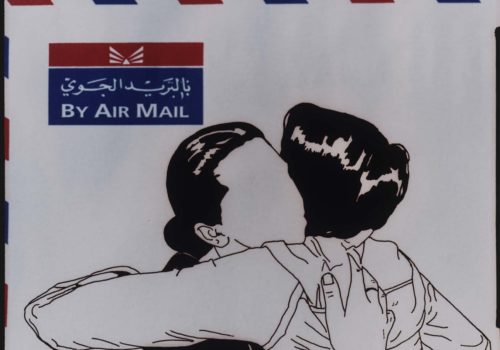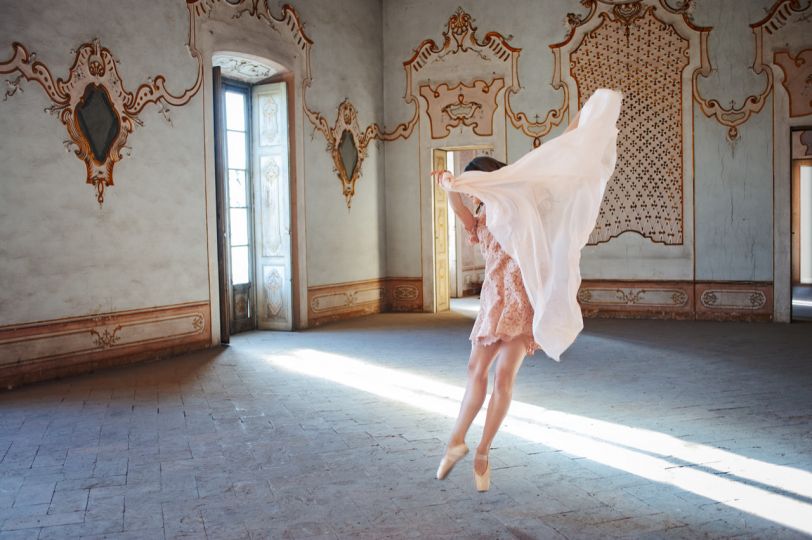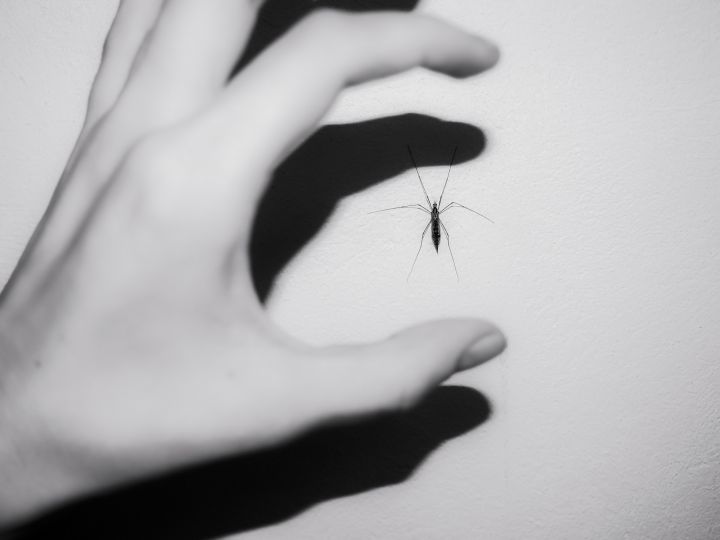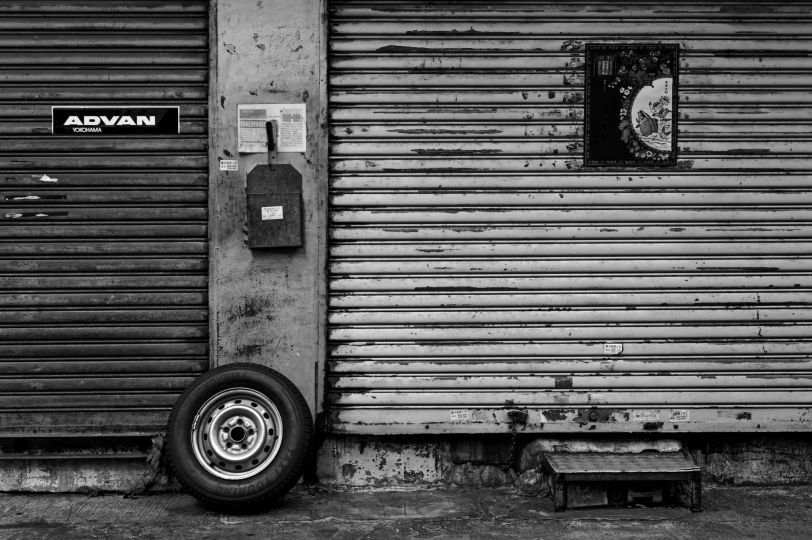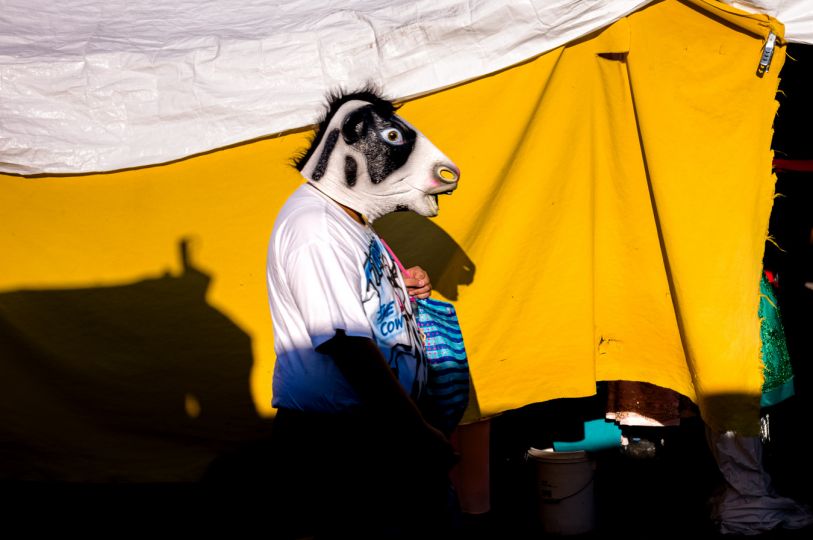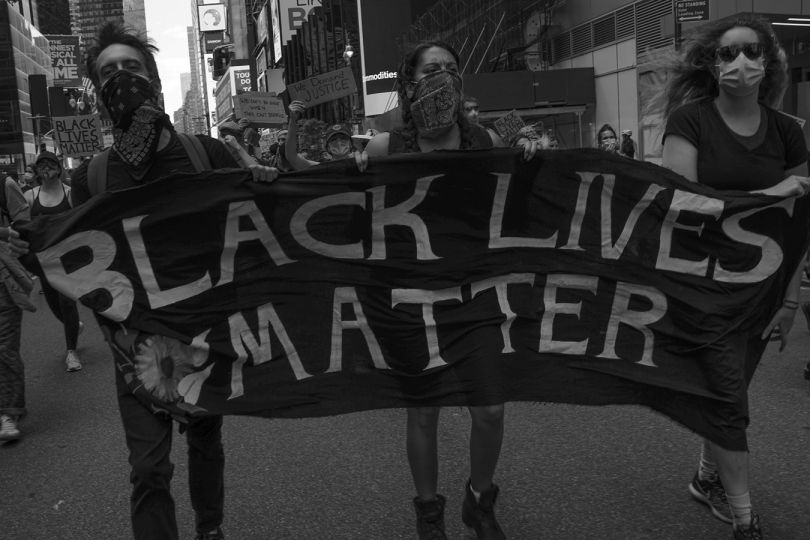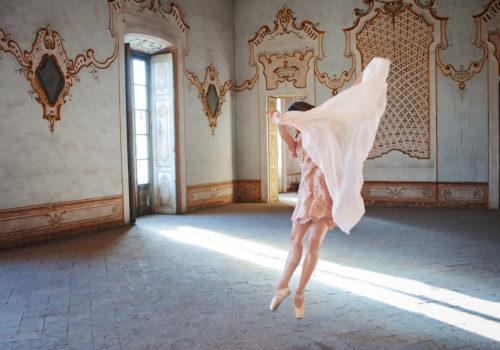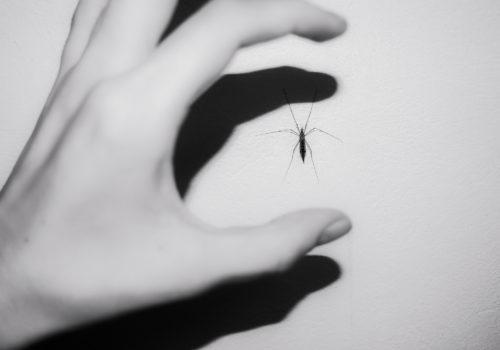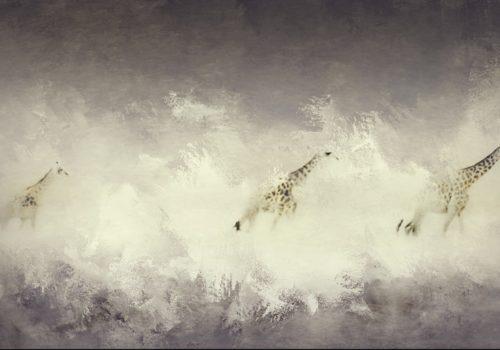Light From the Middle East: New Photography (Steidl) begins with a portfolio from Abbas, a collection of images inset discreetly on the page. Humble. Quiet. Telling stories without saying a word. Bringing us, deep inside a land shrouded in veils. The first photograph is titled “Hands dipped in the blood of the ‘martyrs’ call for revenge. Tehran, January 1979.” We see death, destruction, violence, passions inflamed by religion and politics, a fervor at a pitch that is distinctly Middle Eastern in temperament.
The intensity is felt but not always understood for when the telling is done by outsiders, it is a matter of interpretation. But when the storyteller is of the people and place, of the time and the moment these energies connect, contract and expand, from the way in which the light falls and a shadow is cast, a camera in the hands of an insider is worth a thousand at the gates.
Light From the Middle East presents photographers whose work has depth and dimension, layers of meaning woven together from image to image, showing us the many facets in the evolution of a culture as it rides the cusp of revolution in the new millennium. The volume is fresh, the images and text woven together expertly. We are introduced to three motifs: recording, reframing, and resisting through the creation of the photograph. For it is the medium itself tat allows for multiple platforms, for the means to transcend the physical world by turning three dimensions into two.
Perhaps this is because the act of art is native to this land, earliest civilizations recording their legacies for future generations to behold. Perhaps it is the transformation from the printed word to the image as a means to speak across all cultural boundaries. Perhaps this is what makes the work collected here so dense, layered with visual symbols and iconographic significance. Perhaps it comes down to something poignant in its simplicity, in its communion with Truth, Nature, Life, and Beauty. Perhaps it is as Abbas says, “I write with light.” Perhaps this is why these images sing and scream and wail and cry with energies that come alive on the page.
Newsha Tavakolian’s series, “Mothers of Martyrs” (2006) shows elderly Iranian women holding up portraits of their suicidal sons. There is a sadness pervasive in these images that belies all political and religious overtones. There is only a mother and her son, and what remains of their relationship is the photograph. The son, framed forevermore, as a hero for that which demanded something unfathomable of the sane. The portraits recall their American counterpart, the news photographs of families holding portraits of loved ones lost, victims to mass murderers. Only, through the looking glass we see the picture in reverse, the killers as martyrs who are beloved by their families, celebrated by the people. The hero and the villain can some times be one in the same.
Tavakolian’s images appear in the section on recording, but they could just as easily be images that reframe and resist, for considering the Middle East demands that all Western suppositions of moral principle be suspended in the interest on contemplating an entirely different reality. It is in this reality that Waheeda Malullah photographs women shrouded in white lying beside the title tombs of the martyrs, themselves looking just as ethereal in death. There is a grim kind of beauty that comes from the romance of death, of the insistence that we impose ourselves on their final resting place as a means to reconnect with that which we lost when they left this earth.
But death, in a culture that exalts the martyr, holds different meaning, just as life does for the men and women who live it. But one thing does not change, and that is the photograph. It is there for the artist to create an entirely new world upon it. It has powers that increasingly appeal in a global village that communicates by speaking in pictures. That is evidenced in the photographs of Nermine Hammam, whose digitally manipulated of the soldiers sent into Cairo’s Tahrir Square in January 2011 photographs create a brand new reality, one that is familiar in the way it takes the ugliest in man and turns it into a candy-coated fun factory. The threat is neutralized. Long live art. The photograph not only records the present but it makes for the possibility of a brave new world.
Miss Rosen

